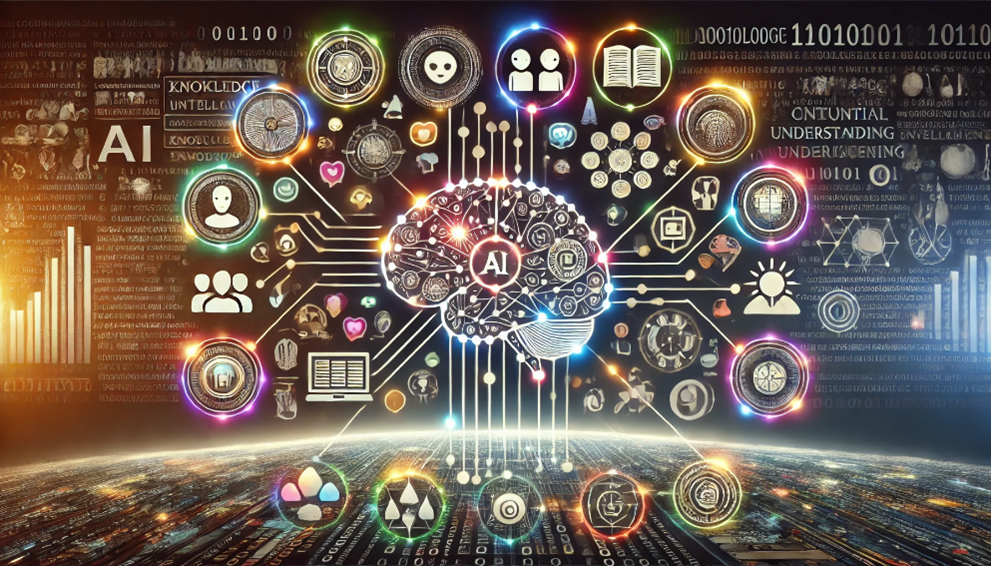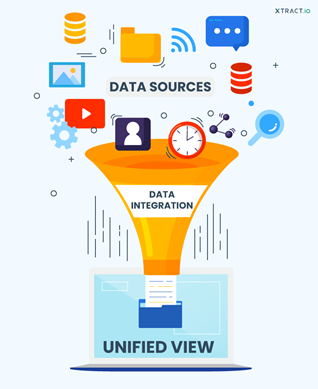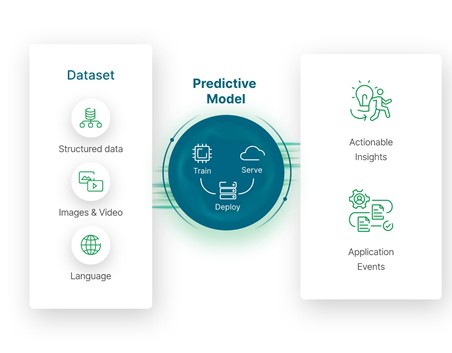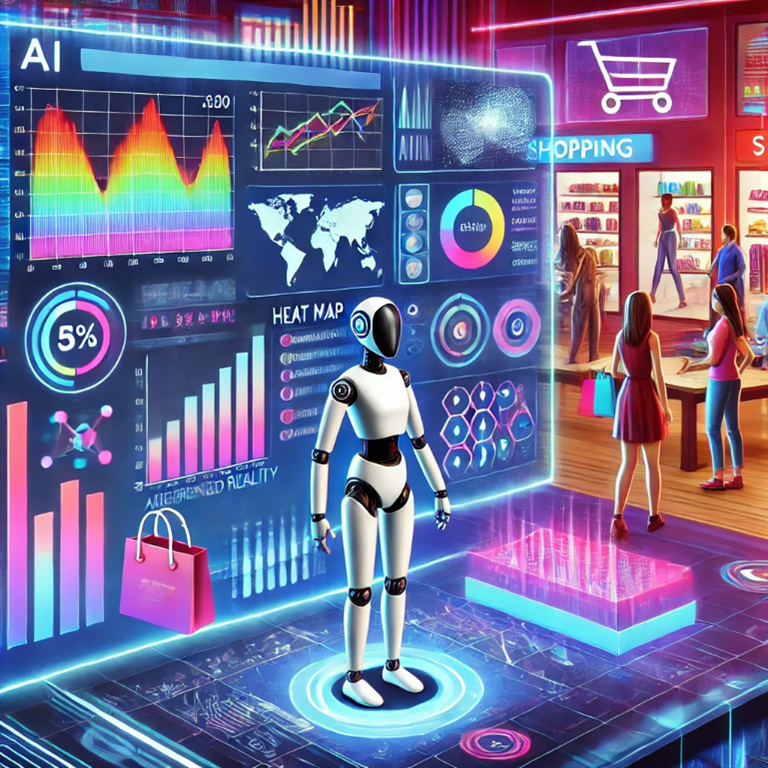How can AI predict consumer behavior and preferences more accurately?

How can AI predict consumer behavior and preferences more accurately?
by Maximilian 03:05pm Jan 27, 2025

AI can predict consumer behavior and preferences with remarkable accuracy by leveraging vast amounts of data and advanced machine learning techniques. Here's how:
1. Data Collection and Integration
AI gathers and integrates data from diverse sources to form a comprehensive view of consumer behavior:
Purchase History: Analyzing past transactions to identify spending patterns and preferences.
Online Interactions: Tracking website clicks, searches, and browsing history.
Social Media Activity: Examining posts, likes, shares, and comments to gauge interests and opinions.
Demographic Data: Incorporating information like age, location, gender, and income level to contextualize preferences.
Real-Time Data: Using IoT devices, apps, and sensors to capture immediate consumer actions, such as foot traffic in stores.

2. Advanced Analytics and Personalization
AI applies sophisticated algorithms to process this data and provide highly personalized insights:
Behavioral Clustering: Grouping consumers with similar preferences or behaviors to predict collective trends.
Recommendation Engines: Using collaborative filtering, content-based filtering, or hybrid approaches to suggest products or services tailored to individual tastes.
Dynamic Personalization: Adjusting content in real-time based on consumer interactions, such as recommending products during online shopping or sending personalized offers via email.
3. Predictive Modeling
AI uses machine learning models to forecast future behavior:
Purchase Likelihood: Predicting the probability of a consumer buying a specific product based on past behavior and market trends.
Churn Prediction: Identifying customers at risk of leaving a service and enabling proactive engagement strategies.
Demand Forecasting: Estimating future product demand, helping businesses manage inventory and optimize supply chains.

4. Sentiment and Emotion Analysis
AI-powered Natural Language Processing (NLP) analyzes consumer sentiment and emotions:
Social Media Sentiment: Assessing public opinion on products, brands, or services through sentiment analysis of posts and reviews.
Voice and Chat Interactions: Detecting emotional cues in customer service interactions to enhance satisfaction and personalize responses.
Survey and Feedback Analysis: Extracting insights from open-ended feedback and reviews to understand deeper preferences and concerns.
5. Contextual Understanding
AI improves predictions by understanding the context of consumer actions:
Temporal Patterns: Recognizing time-based trends, such as seasonal preferences or daily habits.
Geographic Insights: Tailoring predictions based on regional preferences and cultural factors.
External Factors: Incorporating macroeconomic data, weather conditions, and events that influence consumer decisions.

6. Real-Time Adaptation
AI dynamically adapts to changing consumer preferences:
Dynamic Pricing: Adjusting prices in real-time based on demand, competition, and individual customer behavior.
AI Chatbots: Providing instant, personalized product recommendations during customer interactions.
A/B Testing: Continuously testing variations of marketing strategies and content to optimize consumer engagement.
7. Advanced Techniques
Deep Learning Models: Neural networks analyze complex patterns in consumer data, uncovering relationships that traditional models might miss.
Reinforcement Learning: Optimizing marketing strategies by rewarding AI for actions that lead to successful consumer interactions, like conversions or upsells.
Generative AI: Creating tailored content, such as personalized advertisements, product descriptions, or promotional emails.
Benefits of AI in Predicting Consumer Behavior
Higher Accuracy: AI can process vast datasets, identifying patterns and anomalies that humans might overlook.
Scalability: AI systems can analyze data for millions of consumers simultaneously.
Real-Time Insights: AI adapts quickly to changing consumer behaviors, ensuring predictions remain relevant.
Enhanced Engagement: Personalization driven by AI increases customer satisfaction and loyalty.
Cost Efficiency: Automating predictions reduces the need for manual data analysis and market research.

Use Cases
E-Commerce: Recommending products based on browsing and purchase history.
Retail: Optimizing store layouts and inventory based on predicted demand.
Entertainment: Suggesting movies, music, or games tailored to individual preferences.
Finance: Predicting credit card usage, loan requirements, or investment preferences.
Healthcare: Anticipating patient needs for personalized wellness plans.
By integrating AI into consumer analytics, businesses can better understand and anticipate customer preferences, leading to more informed decisions, improved experiences, and enhanced profitability.






